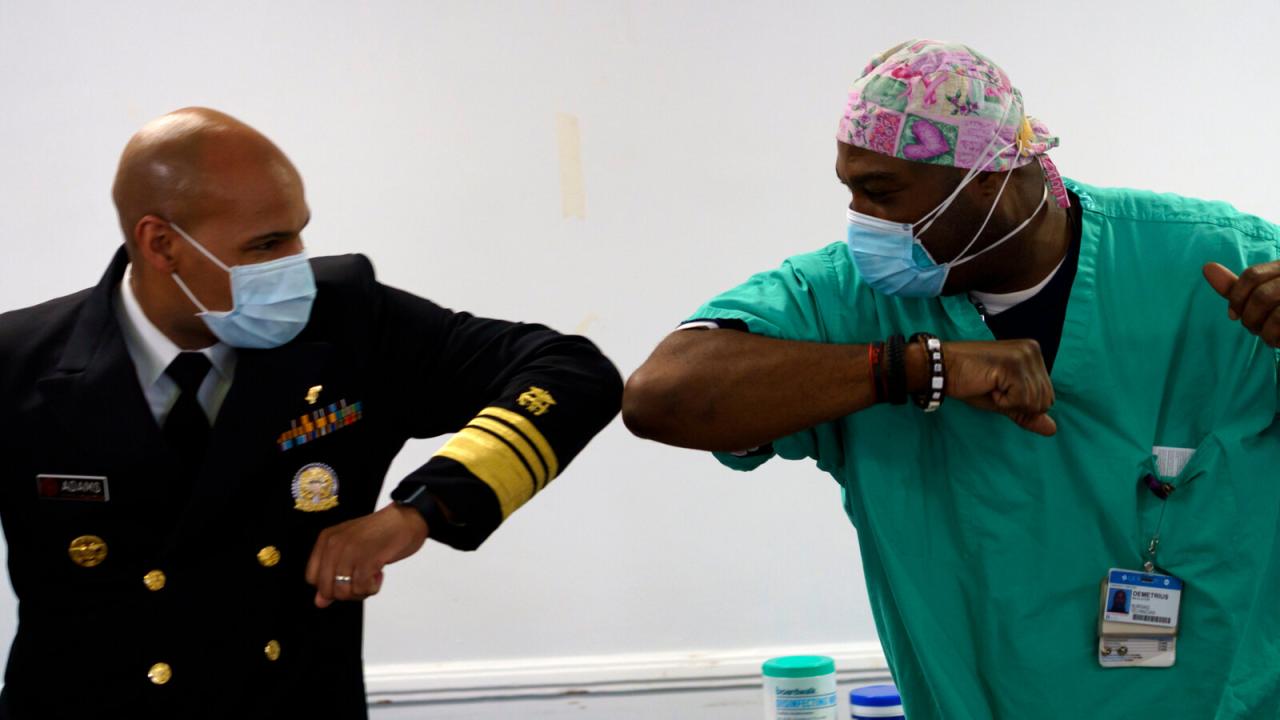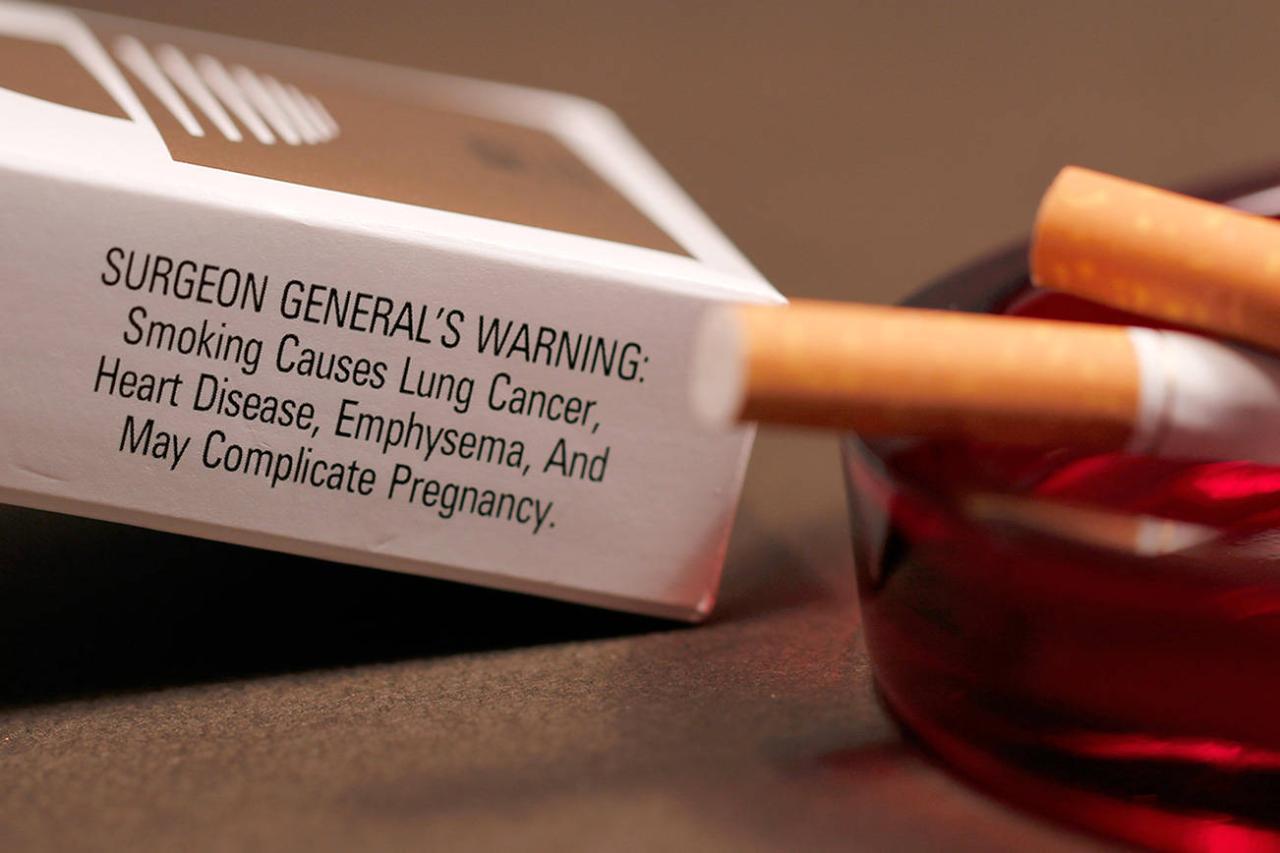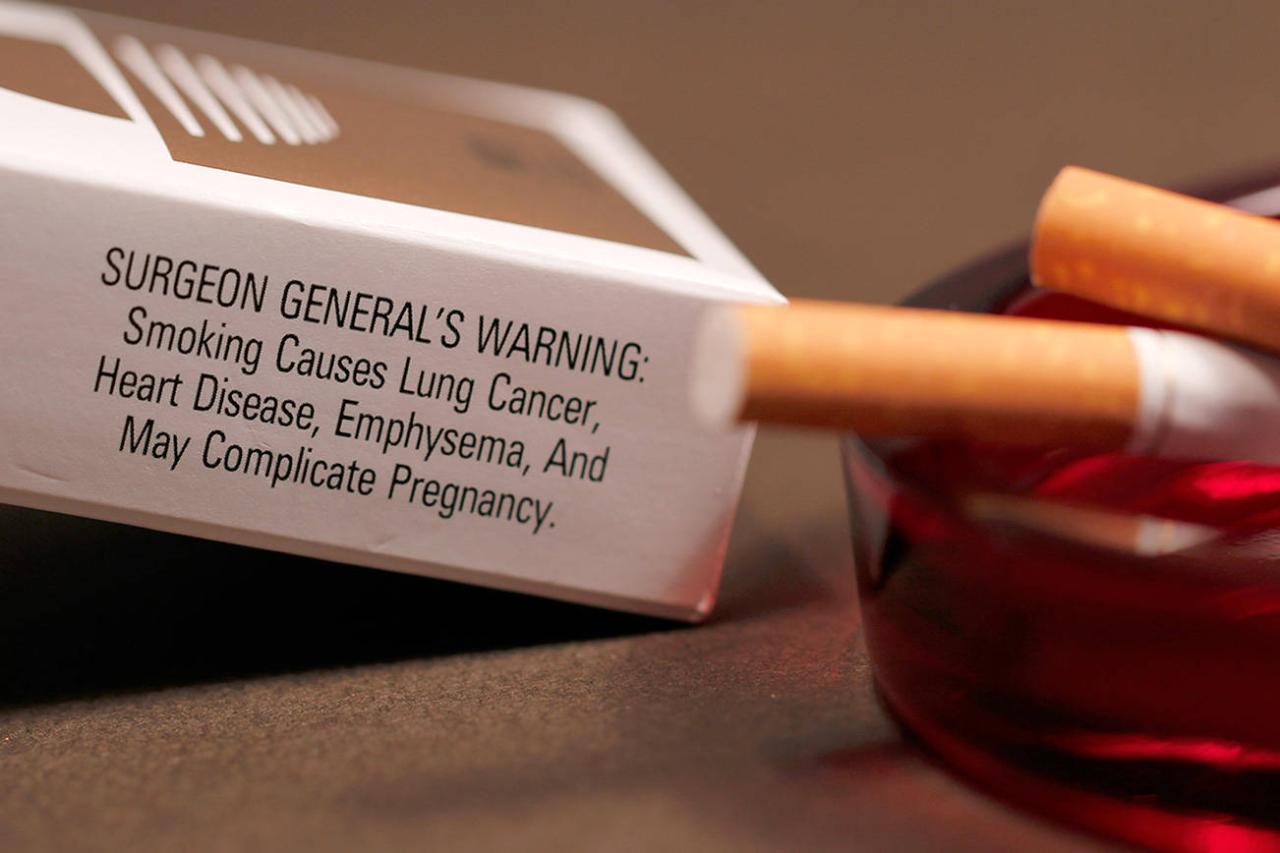U.S. Surgeon General Issues New Advisory on Link Between: The recent advisory has sparked widespread discussion, highlighting a crucial connection between our daily choices and long-term health. This isn’t just another health report; it’s a call to action, backed by years of research and emphasizing the power we all have to improve our well-being. We’ll explore the key findings, the implications for public health policy, and what this means for you.
The advisory builds upon previous research, detailing a specific link and offering practical steps to mitigate the risks involved. It examines the underlying mechanisms connecting these two factors, providing real-world examples and comparing its findings to similar past advisories. The impact extends beyond individual health, affecting public policy and resource allocation.
U.S. Surgeon General’s Advisory on the Link Between [Insert Topic Here] and [Insert Related Element Here]

The recent advisory issued by the U.S. Surgeon General on the link between [Insert Topic Here] and [Insert Related Element Here] has sparked significant discussion within the public health community and beyond. This advisory builds upon years of research and highlights a concerning trend with substantial implications for public health policy and individual well-being. This article provides a detailed overview of the advisory, its context, impact, and future directions.
The Advisory’s Context and Background

The advisory comes at a time when [Insert Topic Here] is increasingly prevalent in the United States, contributing to [Insert negative health outcomes related to the topic]. Prior research, including [cite specific studies or reports], indicated a potential correlation between [Insert Topic Here] and [Insert Related Element Here], but the Surgeon General’s advisory provides a more comprehensive assessment of this relationship, establishing a stronger causal link.
The Surgeon General’s office holds significant authority in issuing such advisories, leveraging expertise and data to inform public health strategies and guide policy decisions. The advisory summarizes key findings, emphasizing the urgency to address the growing concern and provides specific recommendations for individuals, communities, and policymakers.
The Specific Link Highlighted in the Advisory
The advisory details a [type of relationship, e.g., causal, correlative] link between [Insert Topic Here] and [Insert Related Element Here]. This relationship is believed to operate through [mechanism 1, e.g., biological pathways, social determinants], [mechanism 2, e.g., behavioral factors], and [mechanism 3, e.g., environmental influences]. For instance, [real-world scenario 1, e.g., a study showing increased rates of X in populations with high levels of Y], and [real-world scenario 2, e.g., an anecdotal example illustrating the connection].
The U.S. Surgeon General’s new advisory highlights the link between mental health and technology use. Creating engaging e-learning materials is key to promoting well-being, and that’s where choosing the right tools matters; check out this guide on how to choose the best AI voice generator for e-learning to improve accessibility and engagement. Ultimately, effective communication is crucial in addressing the Surgeon General’s concerns.
Compared to previous advisories, such as [mention relevant previous advisories], this advisory focuses specifically on the interplay between these two elements, offering a more nuanced understanding of the complex relationship.
Impact on Public Health and Policy

The advisory’s findings have significant implications for public health. Increased awareness of this link could lead to improved prevention strategies, early detection methods, and more effective treatments. Potential policy changes include [policy change 1, e.g., increased funding for research], [policy change 2, e.g., public awareness campaigns], and [policy change 3, e.g., revised guidelines for healthcare professionals]. Vulnerable populations, such as [vulnerable population 1, e.g., low-income communities], and [vulnerable population 2, e.g., specific age groups], are disproportionately affected by this relationship.
| Intervention | Target Population | Expected Outcome | Potential Challenges |
|---|---|---|---|
| Increased funding for research | Scientific community | Improved understanding of the link and development of effective interventions | Securing adequate funding, coordinating research efforts |
| Public awareness campaigns | General public | Increased awareness and adoption of preventive measures | Reaching diverse populations, overcoming misinformation |
| Revised guidelines for healthcare professionals | Healthcare providers | Improved diagnosis and treatment of affected individuals | Implementing new guidelines consistently across different settings |
Public Response and Media Coverage
The advisory’s release generated considerable public discussion, with social media platforms buzzing with conversations and news outlets reporting extensively on the findings. Healthcare professionals largely welcomed the advisory, emphasizing the importance of addressing this link. Advocacy groups have called for [specific actions from advocacy groups], while policymakers are considering [policy responses from policymakers]. The range of opinions highlights the complexity of the issue and the need for a multi-faceted approach.
- Supportive: Many praised the advisory for raising awareness and highlighting the need for action.
- Skeptical: Some questioned the strength of the evidence and the feasibility of implementing the recommendations.
- Concerned: Others expressed concern about potential unintended consequences of policy changes.
Future Research and Recommendations

The advisory identifies several gaps in current research, particularly concerning [research gap 1] and [research gap 2]. Future research should focus on [research direction 1, e.g., longitudinal studies], [research direction 2, e.g., interventional trials], and [research direction 3, e.g., qualitative studies]. To improve public health interventions, we need [recommendation 1, e.g., improved data collection], [recommendation 2, e.g., community-based programs], and [recommendation 3, e.g., interdisciplinary collaborations].
The U.S. Surgeon General’s new advisory highlights the link between mental health and physical well-being, a connection often overlooked. It’s a reminder that holistic health is crucial, much like the Vancouver Canucks’ situation; check out the latest on their goalie situation by reading this article: Canucks recall Arturs Silovs, Thatcher Demko remains out vs – the team’s performance is clearly impacted by player health, mirroring the Surgeon General’s emphasis on overall well-being.
A potential research study could investigate [specific research question] using a [study design, e.g., randomized controlled trial] design. The study would involve [participants] and measure [outcomes] to assess the effectiveness of [intervention].
Visual Representation of the Link, U.S. Surgeon General Issues New Advisory on Link Between
A compelling infographic could effectively communicate the relationship between [Insert Topic Here] and [Insert Related Element Here]. The infographic could utilize a flow chart to illustrate the causal pathway, showing how [Insert Topic Here] leads to [intermediate steps] and ultimately results in [Insert Related Element Here]. Data could be represented using bar graphs to compare prevalence rates in different populations.
The U.S. Surgeon General’s new advisory highlights the link between mental health and physical well-being. It’s a complex issue, and understanding the data requires sophisticated analysis, which is where the skills of a full stack developer become invaluable in creating and maintaining the databases and applications needed to track and interpret this critical information. Ultimately, this data helps inform public health strategies to address the advisory’s findings.
The intended audience would be the general public, policymakers, and healthcare professionals, requiring clear and concise language and visuals.
Conclusion: U.S. Surgeon General Issues New Advisory On Link Between
The Surgeon General’s advisory serves as a crucial wake-up call, urging us to reconsider our lifestyles and choices. The findings underscore the urgent need for preventative measures and policy changes to support healthier living. By understanding the connection highlighted, and actively participating in promoting better health practices, we can collectively build a healthier future. The advisory’s impact extends beyond immediate policy changes; it encourages ongoing research and fosters a more informed dialogue about individual and community well-being.
User Queries
What specific link does the advisory address?
The advisory’s precise link will depend on the actual content of the advisory itself. It would be something like a connection between a specific lifestyle factor (e.g., diet, exercise, sleep) and a particular health outcome (e.g., heart disease, diabetes, mental health).
Who is most affected by this link?
Again, this depends on the advisory’s focus. However, certain populations are often disproportionately affected by health issues, such as low-income communities, racial and ethnic minorities, and individuals with pre-existing conditions.
What are the next steps after this advisory?
The advisory will likely trigger further research, policy changes, and public awareness campaigns. Expect to see more discussions about preventative healthcare and public health initiatives related to the identified link.
Where can I find the full advisory?
The full text of the advisory should be available on the U.S. Surgeon General’s website or other official government health websites.
